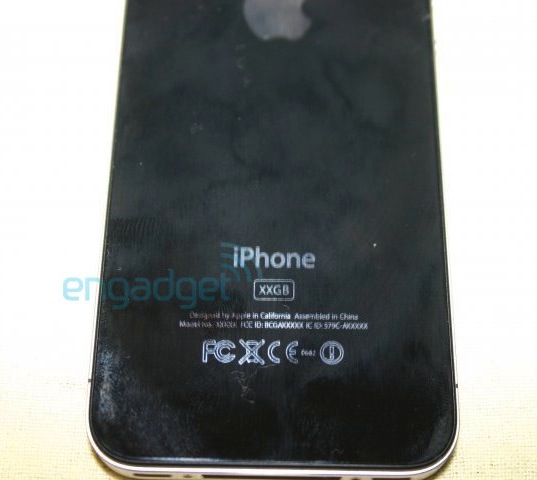It’s sure been a busy weekend for iPhone rumors. When Engadget posted pictures of the supposed next-gen iPhone, also dubbed the iPhone HD, the rumor was quickly labeled a hoax before being upgraded to “believable” a few hours later.
Now comes word via John Gruber of Daring Fireball that Apple’s upcoming iPhone will sport a glass back, similar in appearance to the one seen in Engadaget’s leaked photos.
First things first – why glass? This is fairly straight forward – Apple’s love affair with aluminum is heartwarming and all, but the use of aluminum can adversely affect radio signals and wi-fi reception, a fact which reportedly led Apple to go abandon the aluminum backing it used on the original iPhone.
Second, do we really want an iPhone with glass on both sides of the device? The lapse in time between a dropped iPhone and the moment of impact is nerve-wracking, but there’s always a 50/50 chance the iPhone will land in such as way as to not risk cracking its multitouch screen. Putting glass on the back seemingly makes every dropped iPhone a broken iPhone.
But it turns out that the material Apple has in mind for the next-gen iPhone may not be glass at all, but rather a material that simply resembles glass. Gruber points us to a 2006 Apple patent wherein Apple describes a “high-durability ceramic enclosure” made out of Zirconia capable of adequately protecting the operational components within a portable computing device, or in this case, an iPhone. And oh yeah, the ceramic enclosure described by Apple is radio-transparent, thereby permitting wireless communications to come and go unabated.
Here, Apple describes the benefits of using ceramic enclosures:
Some of the reasons for using ceramics over other materials is that it is structurally strong, stiff and radio transparent. This is especially important for wireless hand held devices that include antennas internal to the enclosure. Radio transparency allows the wireless signals to pass through the enclosure and in some cases enhances these transmissions. Other reasons for using ceramics is that they are highly scratch resistant, have color embedded in it (no paint or coatings), can be made into a wide variety of colors, and provides a variety of surface finishes including smooth and rough. Furthermore, the density of ceramics is typically higher than other materials therefore their weight is higher for the same sized part. This additional weight makes the handheld device feel more robust and it makes the device exude greater quality.






Mon, Apr 19, 2010
News, Rumors